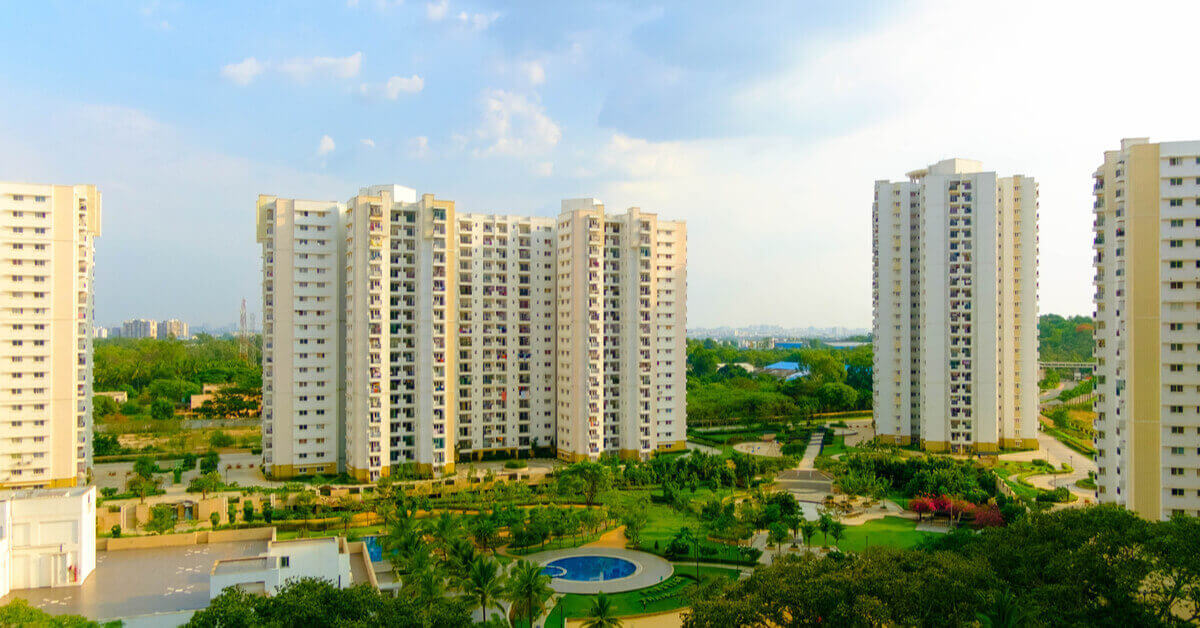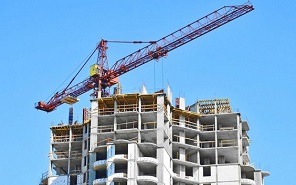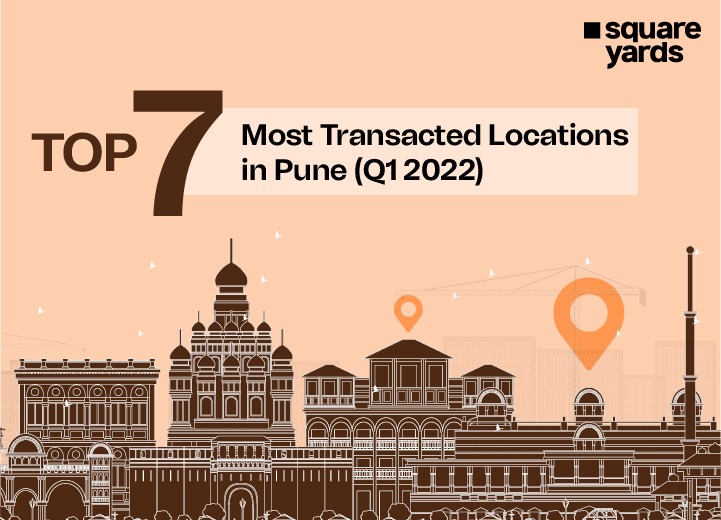Sri Lanka – a popular destination on the bucket list of travellers, a rich source of the spices and tea we savour, is bruised with the enigma of economic crisis. Bundled under a pile of financial debts, lack of resources and the pandemic, the country of Sri Lanka is shuddering with plight.
The island nation of Helabima, with a population of 22 billion, came forward in 2019 as a free-market economy with a GDP of $84 billion. The country only saw optimal growth driven by unsustainable and inequitable non-tradable sectors. However, post-2019, Sri Lanka was columned as a “Lower Middle-Class Income Nation” by the World Bank.
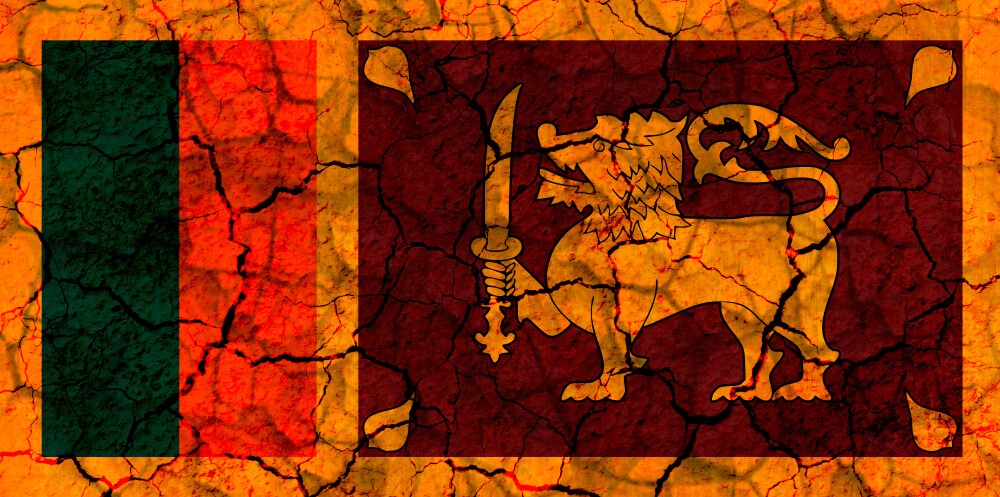
The history of Sri Lanka also authenticates the impoverished anticipation of the country’s economy. With skyrocketing inflation on the costs of basic necessities, the country seems to come down to economic disintegration.
Scanting of basic goods like food and fuel, Sri Lanka seems to have stepped into the downward spiral of nationwide disturbance and sporadic violence. The mass resignation of the 26 cabinet ministers added to the predicament, culminating in people losing their faith in the government. With the government’s descent into disorder, the graph of protests only seems to increase.
But is this a sudden crisis for the island nation, or has it resulted from multiple deteriorating factors over time? In this article, let’s get a rundown of all the details of the heartbreaking economic crisis in Sri Lanka and its impact on India.
Table of contents
What Caused the Sri Lankan Economic Crisis?
The various causes of the Sri Lankan economic crisis can be broadly classified into three categories, as mentioned below.
1. Extensive Foreign Debt
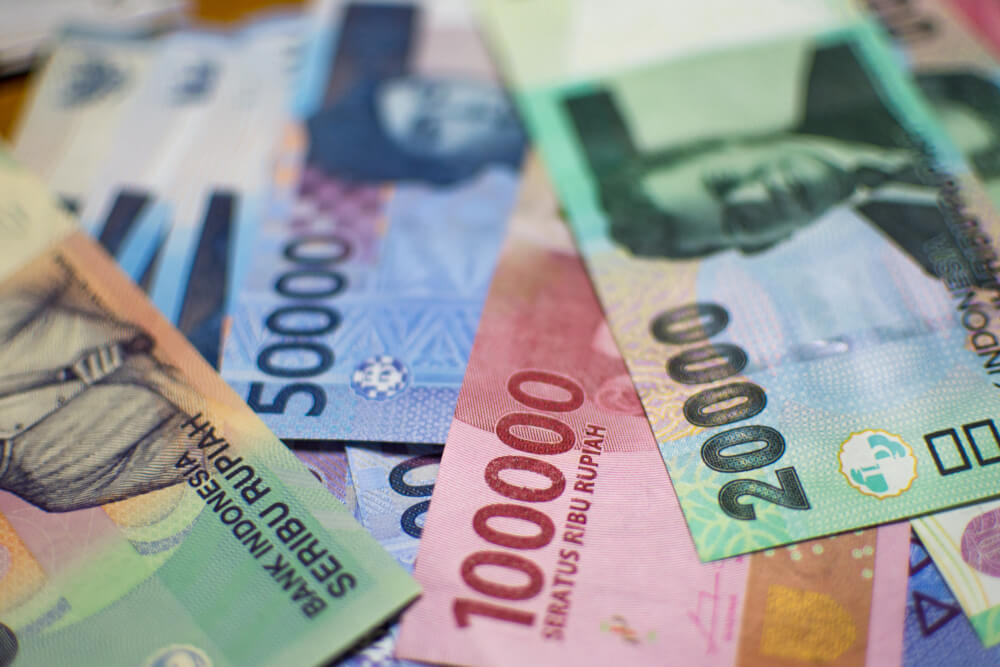
The Sri Lankan government has indebted sums of money from foreign lenders to satiate public services.
- According to the latest reports, the country has been pinned to short-term loans from India, Bangladesh and China. Lying deficit in basic necessities, Sri Lanka has borrowed vast sums of money to provide for its inhabitants.
- Borrowing $12.55 billion, Sri Lanka’s major debt comes from ISBs, the Asian Development Bank, China and Japan.
- Reporting on the preceding economy of Sri Lanka, the IMF (International Monetary Fund) quoted the debt as “unsustainable”. The IMF further expressed the foreign exchange reserve’s incompetence in clearing the near-term debt payments.
This borrowing splurge was later dilated with a series of vandalising blows, including the pandemic, heavy monsoons and depreciation in the harvests due to the ban on the chemical fertilisers.
see also@ Investing in Real Estate a worthwhile one even in times of crisis
2. The Covid-19 Pandemic
In 2020, the pandemic hit almost every country worldwide on various fronts. But, with the already agonised charts, Sri Lanka was faced with a rather unfathomable hit as it was already coping with and attempting to recuperate from the tragic massacre of the Easter Bombings of 2019.
The constitutional crisis also prepended the entire economic breakdown. The unconsolidated debts, the unfortunate tragedies, and the pandemic seem to have served as a potent trifecta shrouding the country with a massive lack.
3. Lack of Resources
It is appalling to look at one of the largest producers of tea, indigenous spices and ingredients suffering an economic crisis. From exhausting most of their food and fuel, the country also fell short of papers which led to the cancellation of exams.
Sri Lanka has fallen short on diesel to the extent that it underwent multiple complete blackouts to conserve energy. Even doctors reported a shortage of drugs in the pharmaceutical industry, turning the boon of free medical facilities into an outright nightmare.
Due to prolonged blackouts, the doctors also treated patients under flashlights. The situation deteriorated to an extent where the Sri Lankan government asked for foreign money to avail basic commodities.
This soon became a vicious circle when Sri Lanka had to turn to foreign exchange reserves to pay the government debts. Further abbreviating its reserves from $6.9 billion in 2018 to $2.2 billion in 2022, the country was unable to provide for all its civilians.
To survive the chaos, the government finally floated the currency of Sri Lanka, leaving its valuation amidst the stretches of demand and supply in the foreign exchange market. But, instead of a solution, this step made the country plummet further as its currency weakened and in March 2020, 1 US dollar cost 310 Sri Lankan Rupees. This further trivialised the currency for a loan from the IMF.
These factors were collectively responsible for the economic catastrophe that Sri Lanka is sinking into right now. With the strangling finances, the country’s civilians are out in the open, protesting and asking for their needs to be fulfilled.
People on the Streets
The worst victims of the ongoing Sri Lankan economic crisis are its citizens, especially those belonging to the lower-income groups and the middle-class families.
From struggling for food and basic goods to standing in inexhaustive queues for filling gas tanks, the people of Sri Lanka crusade for their lives every day, defeating fears nobody anticipated.
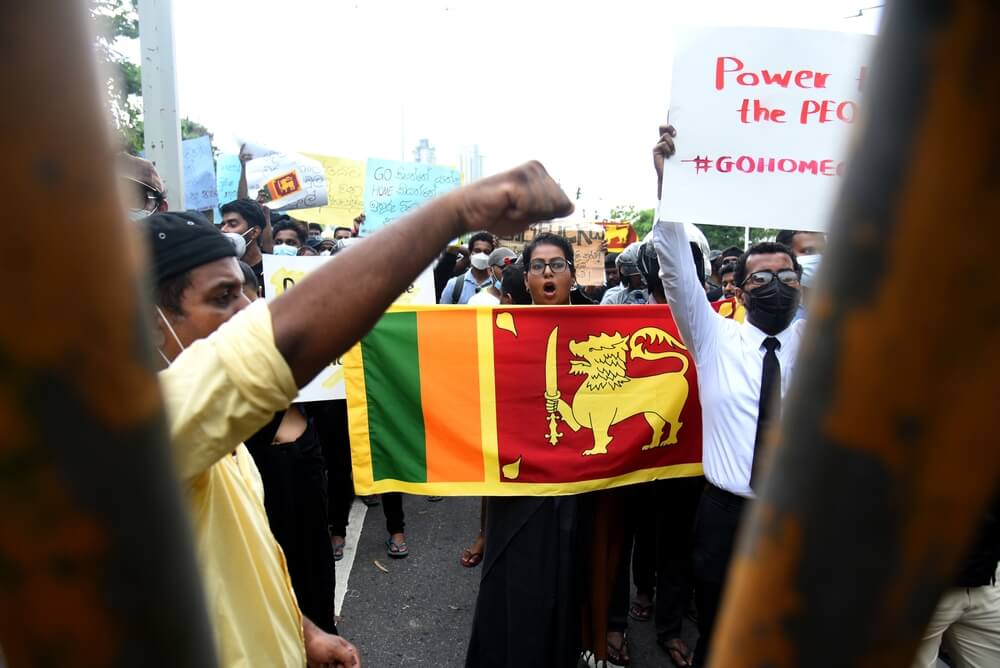
As a country running on imports, the residents of Sri Lanka are facing one of the worst economic epidemics in the past 70 years, with inflation shooting up to 18.7%. Therefore, prices of food essentials like vegetables, fish, meat, and cooking oil have undergone significant price hikes.
From LKR 156.7/kg in 2019, the price of potatoes has shot up by 66%, wherein the price of a single potato stands at LKR 260.67. Even rice, the country’s staple, has experienced a 93% price hike, standing at LKR 162.52/kg.
The need and hunger for survival, juxtaposed with the lost faith in the government, fueled the anger of the common people of Sri Lanka that has been manifesting in radical protests in the streets of Colombo and near their president’s home.
As much as the government is trying to curtail their attempts via an emergency declaration, curfews, arrests, and social media blackouts, they are only adding flares to the fire of protests.
How is India Helping Sri Lanka During This Time?
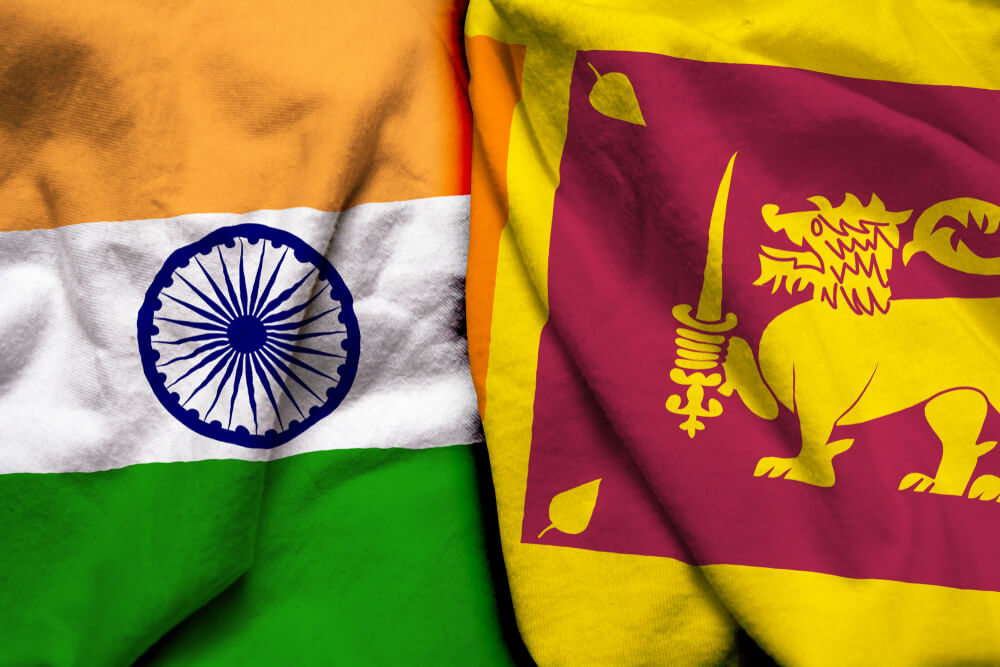
India is one of the countries that Sri Lanka sought support from. Extending a credit line of 1 billion dollars, India has offered to help Sri Lanka financially. Apart from this, India has also offered to export medicines, food and fuel to Sri Lanka. The country has also provided $500 million for gasoline to cater to its fuel problem.
Due to the snowballing economic crisis, many inhabitants have also been fleeing the country, reaching the shores of Tamil Nadu to take refuge. According to the reports, approximately 39 Sri Lankans, including women and children, have travelled to the coast of India since the crisis.
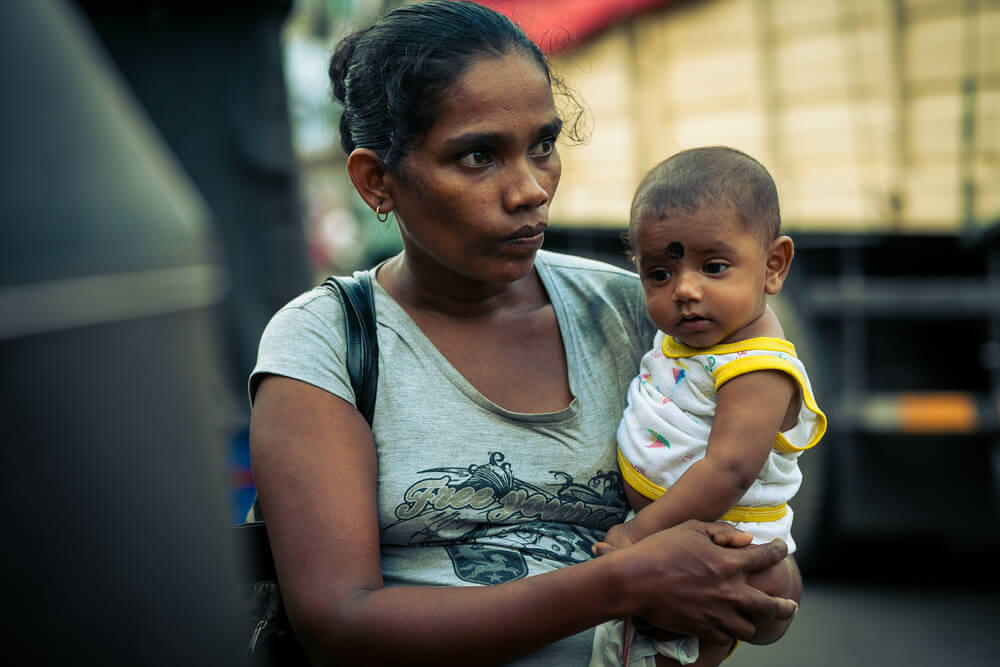
To tackle the increasing influx of Sri Lankan refugees in the country, the Tamil Nadu state government has been taking multiple actions, allowing the new arrivals to put up in the Mandapam Refugee Camp.
see also@ Amsterdam Real Estate Market Surpasses its Pre-crisis Peak
What to Anticipate?
With Sri Lanka suffering a colossal economic crisis, the citizens can be seen expressing their grievances, breaking into protests with the government-imposed curfew and social media blackouts.
Suffering a major economic crisis, Sri Lanka has asked for extended support from China, Britain, The States and India. Although the country has been receiving steady assistance from India, both financially and commercially, it looks like the country would still have to endure this agonising prolonged period, with all the debts to repay.
The anticipation is only a question of uncertainty, especially with the national consumer price inflation. According to the country’s central bank, the price has almost tripled from 6.2% in September to 17.5% in February. Not just that, but Sri Lanka has to repay an amount of 4 billion dollars in debt, including international sovereign bonds, maturing in July.
Now seeking support from the IMF, the country is anticipating some support from the regional powers. After weighing the pros and cons of working with the IMF, President Rajapaksa decided to follow a bailout from the institution based in Washington. However, the government was reluctant to pursue the same.
Not only other countries are expressing their concern for Sri Lanka, but this has surely ticked an alarm for other international governments. The UN High Commissioner for Human Rights also perturbs the scenario.
In Search of a Breakthrough
Desperate and in need, Sri Lanka has been trying to break through this time of crisis and asking for support from different countries. Along with India, many other countries are extending their support to the nation to tackle this prevailing economic catastrophe. Under these dire situations, we can only hope that the country recoils from this economic depression soon and attains its deserved stability.
















